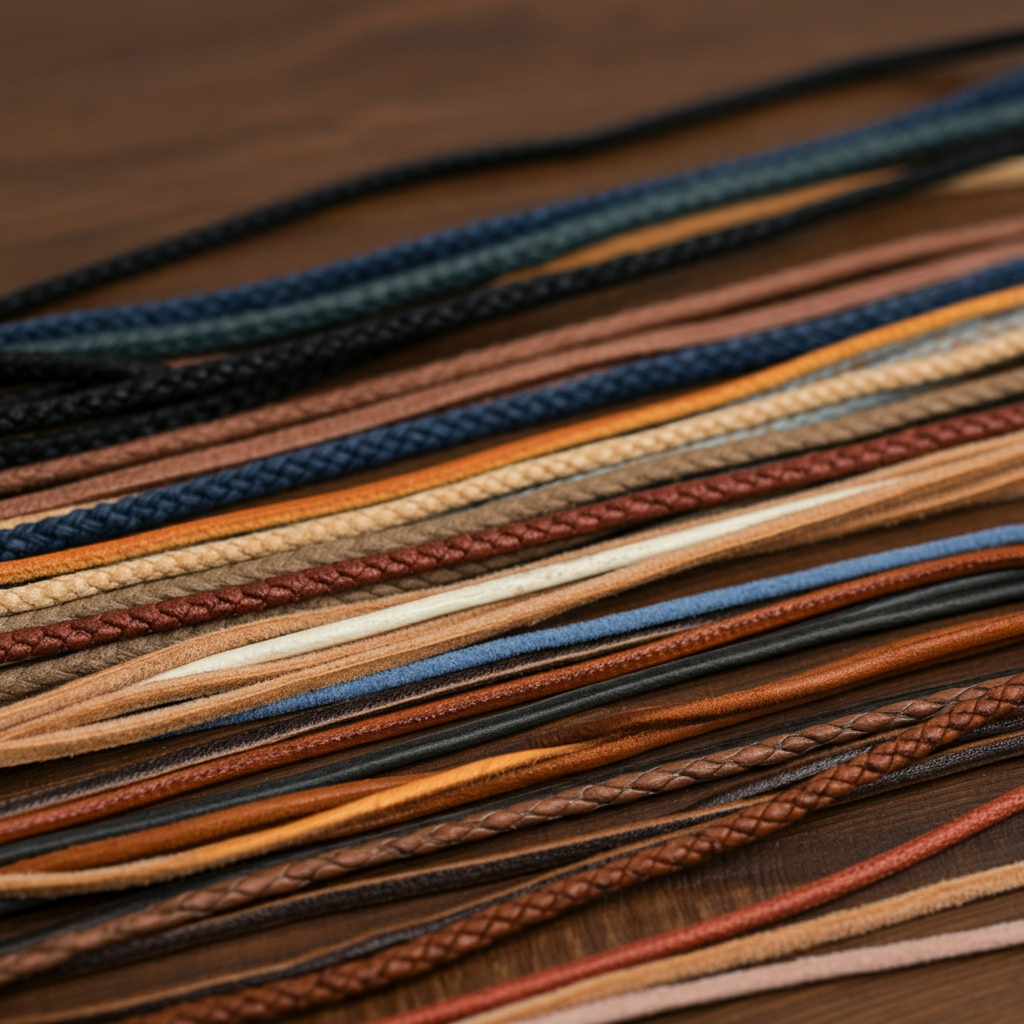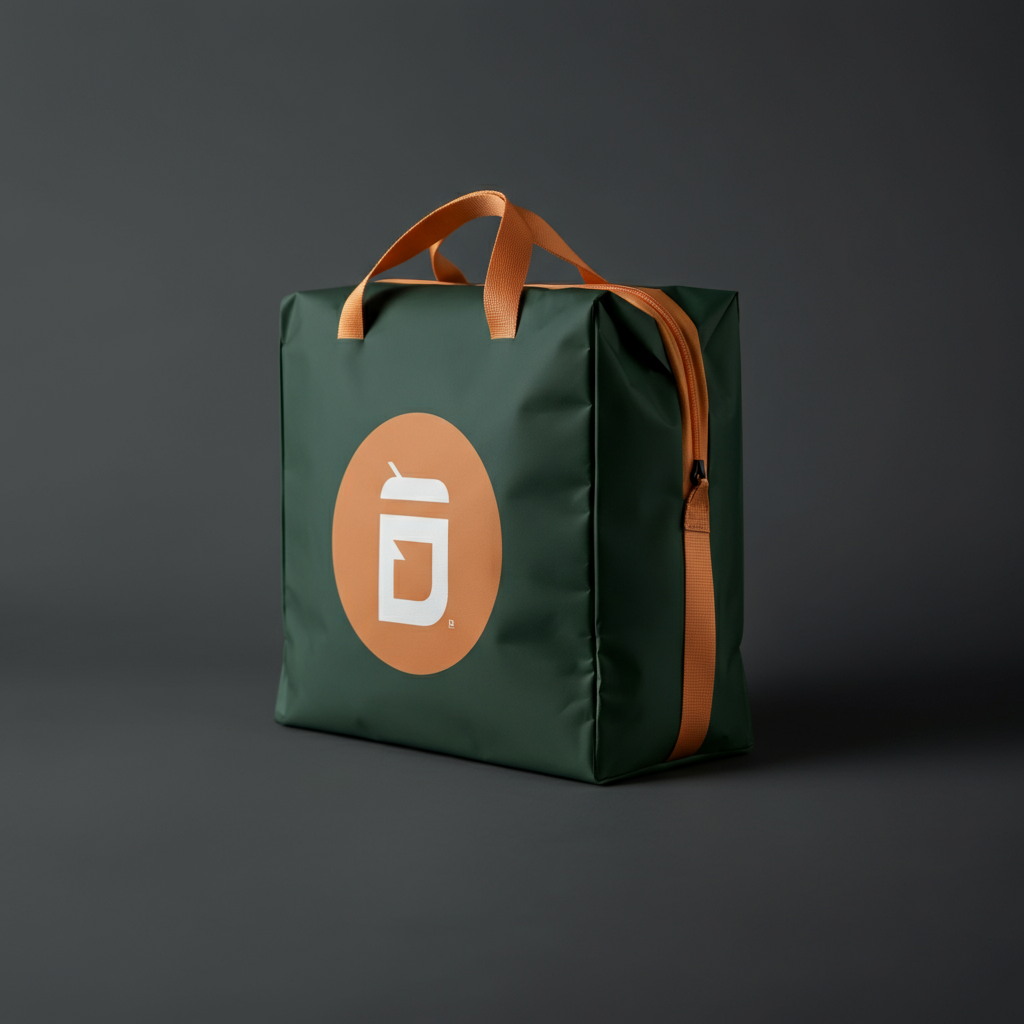The Undeniable Appeal of Leather
Leather has held a timeless place in fashion and industry for centuries. Why does it remain so appealing?
Naturally Luxurious
Leather’s allure partly lies in its natural origins. It boasts an organic, tactile quality that synthetic materials struggle to replicate authentically. Real leather tells a story—its grain and texture exude sophistication that breathes life into premium goods such as handbags, belts, furniture, and car interiors.
The durability of leather is another key advantage. When cared for correctly, leather products can last decades, becoming softer and more beautiful with age. This aging process, often referred to as a “patina,” is something synthetic alternatives simply can’t replicate.
A Symbol of Luxury and Status
For many, leather signals exclusivity and high quality. Luxury brands, from Hermès to Gucci, have long incorporated fine leather into their products to cater to discerning customers. Unlike synthetic materials, which often project mass production, leather boasts an artisanal spirit tied to craftsmanship and tradition.
Practical Performance
From apparel to industrial applications, leather also thrives because of its superior performance. It’s breathable, water-resistant, and flexible, making it a favorite for footwear and upholstery. These performance benefits, combined with its natural aesthetics, help explain why leather holds a special place in the hearts of consumers. 
The Rise of Synthetic Materials
Synthetic alternatives, while lacking leather’s organic charm, offer unique advantages, particularly in affordability and accessibility.
Affordable and Versatile
One of the most significant benefits of synthetic cords and faux leather is affordability. Materials like polyurethane (PU) and polyvinyl chloride (PVC) have enabled manufacturers to create leather-inspired products at a fraction of the cost of genuine leather. For small- to mid-sized businesses, synthetic options provide an accessible way to produce fashion-forward goods without the steep investments raw leather requires.
Synthetics are also incredibly versatile. Thanks to technological advancements, synthetic materials can mimic not only leather’s appearance but also its textures. This innovation has blurred the lines for consumers, making premium-looking goods available for more budget-conscious buyers.
Ethical and Vegan Appeal
For eco-conscious and vegan consumers, synthetic options provide an ethical advantage. Unlike leather, these materials don’t rely on animal-derived resources. Many advocates see synthetics as a cruelty-free alternative, which has fueled their adoption across industries and spawned growth in vegan fashion labels.
Technological Advancements
The 21st century has seen significant innovation within synthetic manufacturing processes. Some premium artificial options even incorporate plant-based components (like pineapple fibers or mushroom leather blends), offering yet another competitive layer to synthetic materials. These advancements have allowed products to better replicate the look and feel of genuine leather while aligning with specific ethics or financial priorities.

The Shift Toward Sustainability
While the leather versus synthetic debate often points to an ethical divide, sustainability is a shared concern for both materials.
The Environmental Cost of Leather
Despite its premium image, leather production comes with its environmental challenges. Traditional tanning processes use harsh chemicals like chromium, which can harm ecosystems if disposed of irresponsibly. Additionally, the livestock industry—which is intertwined with leather production—contributes significantly to greenhouse gas emissions.
However, there is a shift happening within the leather industry. Several manufacturers are now championing more sustainable production practices, such as vegetable-tanned leather. These alternatives reduce harmful chemicals in tanning, offering an eco-friendlier approach while preserving leather's natural beauty and durability.
Brands like Sun Enterprises B.V. have embraced innovative practices, sourcing leather more sustainably and ensuring ethical supply chain traceability. Such efforts bring new hope to eco-conscious leather enthusiasts who value ethical responsibility without sacrificing luxury.
The Environmental Concerns of Synthetics
While synthetic materials avoid animal-resource dependency, they come with their own ecological footprint. Most synthetic cords and faux leathers are petroleum-based, relying on non-renewable resources and contributing to plastic pollution. Furthermore, synthetic products often lack the longevity of genuine leather, resulting in increased waste over time.
That said, innovators are working to bridge the sustainability gap for synthetic materials too. For instance, recycling initiatives and bio-based synthetics like Piñatex (made from pineapple leaves) and Mylo (crafted from mycelium, the root structure of mushrooms) are significantly reducing environmental impact while offering a leather-like aesthetic.
Consumer Trends Driving Change
Consumer attitudes are playing a critical role in influencing brands to adopt sustainable practices. Shoppers are increasingly demanding lower-carbon, more ethical materials, and both leather and synthetic manufacturers are taking note. At Sun Enterprises we always provide you with the most environmentally friendly products. By investing in these improvements, businesses can meet modern demands without compromising product quality or ethics.
Making an Educated Choice
The ongoing debate between leather and synthetic materials highlights the complexity of balancing ethical, ecological, and economic factors. Here’s a quick recap of the key considerations:
- Choose Leather If:
- You value durability, a patina-rich appearance, and natural luxury.
- You’re willing to invest in artisan-quality pieces and can prioritize sustainably-sourced options, such as vegetable-tanned leather.
- Choose Synthetic If:
- You’re looking for affordable, versatile solutions that mirror leather’s appearance without animal dependency.
- You seek innovative vegan or recycled alternatives with lower upfront costs.
For eco-conscious consumers, fashion enthusiasts, and businesses alike, informed decision-making will drive progress toward a more sustainable future.
A Future Where Both Can Evolve
Both leather and synthetic materials have unique benefits that cater to different needs and value systems. Whether you’re a buyer seeking durability and refinement, or a business aiming for affordability and innovation, the choice isn’t always black and white.
Fashion influences culture. The choices we make today as brands, buyers, and advocates shape the landscape of what’s produced, purchased, and promoted tomorrow. Guided by sustainable practices and ethical foresight, perhaps there’s an opportunity to respect both materials while innovating what they can become.
Explore Your Options Thoughtfully
Looking to balance ethics, sustainability, and style? Partner with eco-conscious suppliers like Sun Enterprises B.V., or explore innovative routes offered by emerging bio-based synthetic options. The future of fashion—and the planet—depends on thoughtful decisions we make today.





